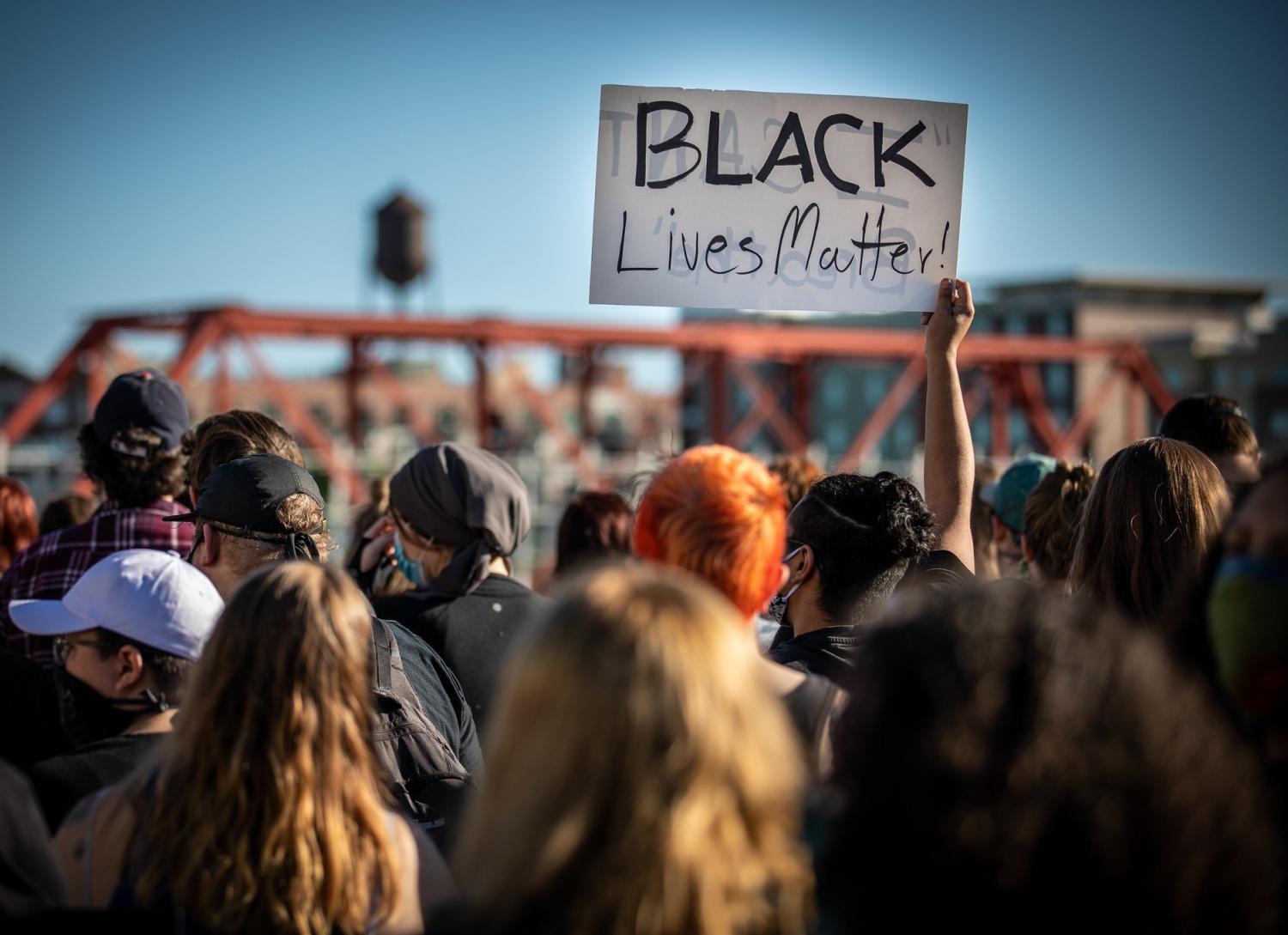The death of George Floyd at the hands of Minneapolis police has resulted in 10 days and nights of protests against racial injustice in major cities from California to Washington, DC, and Robert Redfield, MD, the director of the Centers for Disease Control and Prevention (CDC) told members of Congress yesterday that protesters need to get tested for COVID-19.
Redfield noted that D.C. and Minneapolis—two cities with the largest mass gatherings—still have significant community spread.
"I do think there is a potential, unfortunately, for this to be a seeding event," Redfield said, according to the Washington Post. "And the way to minimize it is to have each individual to recognize it's to the advantage of them to protect their loved ones, to [say]: 'Hey, I was out. I need to go get tested.' You know, in three, five, seven days, go get tested. Make sure you're not infected."
The Minnesota Department of Health is urging testing for all protesters and anyone involved in subsequent cleanup efforts across the Twin Cities. State Health Commissioner Jan Malcolm said anyone with symptoms should get tested, as well as asymptomatic people 5 to 7 days after attending a mass gathering. If those tests are negative, Malcom urges a retest at 12 to 14 days post-event.
Redfield made his comments during a House Appropriations subcommittee hearing. At the hearing he voiced concerns that CDC messaging on maintaining 6 feet of distance in public and wearing face coverings were not resonating with Americans, and pointed to pictures of crowds gathering at Memorial Day parties in Missouri and the recent SpaceX launch in Florida as evidence that Americans were not taking physical distancing seriously.
Tear gas, mass arrests also factors
In addition to large crowds of people gathering, shouting, and marching shoulder to shoulder, the protests have led to a slew of arrests and the use of tear gas and pepper spray by police and the National Guard. Those factors may also contribute to a COVID-19 spike, experts said.
Sven Eric Jordt, PhD, a professor at Duke University who studies chemical irritants told National Public Radio that deploying tear gas during a respiratory pandemic is a recipe for disaster, as it produces forceful coughs, sneezes, tears, and running noses.
"Using it in the current situation with COVID-19 around is completely irresponsible," he told NPR. "There are sufficient data proving that tear gas can increase the susceptibility to pathogens, to viruses." Tear gas can also inflame respiratory passages, making them more susceptible to viruses.
And according to Politico, civil rights groups have already cited public health concerns in lawsuits filed against mass arrests during protests, which featured crowding protesters into vans, buses, and jail cells.
"The police tactics—the kettling, the mass arrests, the use of chemical irritants—those are completely opposed to public health recommendations," Malika Fair, director of Public Health Initiatives at the Association of American Medical Colleges, told Politico. "They're causing protesters to violate the six-feet recommendation. The chemicals may make them have to remove their masks. This is all very dangerous."
Up to 100,000 contact tracers needed by September
Yesterday Redfield also told Congress the nation needs 30,000 to 100,000 contact tracers working by September. Redfield said contact tracers could help prevent more stay-at-home orders if and when the virus appears during the late fall or early winter.
"It is fundamental that we have a fully operational contact tracing workforce that every single case, every single cluster, can do comprehensive contact tracing within 24 to 36 hours, 48 hours at the latest, get it completed, get it isolated, so that we can stay in containment mode as we get into the fall and winter of 2020," he told lawmakers.
The CDC readjusted its projection of potential COVID-19 fatalities, raising the number to 118,000 to 143,000 cumulative COVID-19 deaths by Jun 27. The projection is based on a collection of 20 models.
Trump administration calls for demographic info
Amid criticism that the White House was not doing enough to understand or address COVID-19's impact on minority communities, the Trump administration announced yesterday it would require states to provide demographic information, including race and ethnicity, when reporting COVID-19 test results.
States must start providing the information by Aug 1. In many cities, including New York, New Orleans, Detroit, and Chicago, black and Hispanic patients have died at higher rates than white peers.
According to USA Today's COVID-19 tracker, the United States has a total of 1,888,370 cases and 108,813 deaths.


















